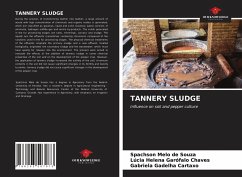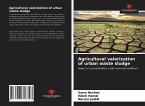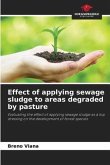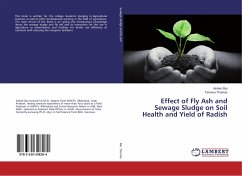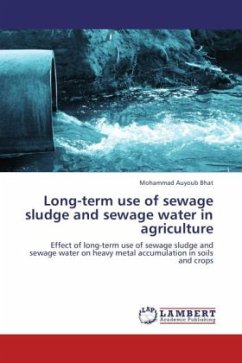During the process of transforming leather into leather, a large amount of waste with high concentration of chemicals and organic matter is generated, which are classified as gaseous, liquid and solid. Gaseous waste consists of ammonia, hydrogen sulfide gas and amino by-products. The solids generated in the fur processing stages are salts, trimmings, carcass and sludge. The liquids are the effluents (sometimes containing chromium) composed of the solutions used in the fur processing stages. The physical-chemical treatments of the effluents originate the primary sludge and a new effluent, treated biologically, originates the secondary sludge and the wastewater, which must have quality for release into the environment. The present work aimed to evaluate the effects of the addition of tannery sludge in some chemical properties of the soil and on the development of the pepper crop. However, the application of tannery sludge increased the salinity of the soil; chromium contents in the soil did not cause significant changes in its fertility and toxicity to plants; tannery sludge did not cause significant changes in the development of the pepper crop.

